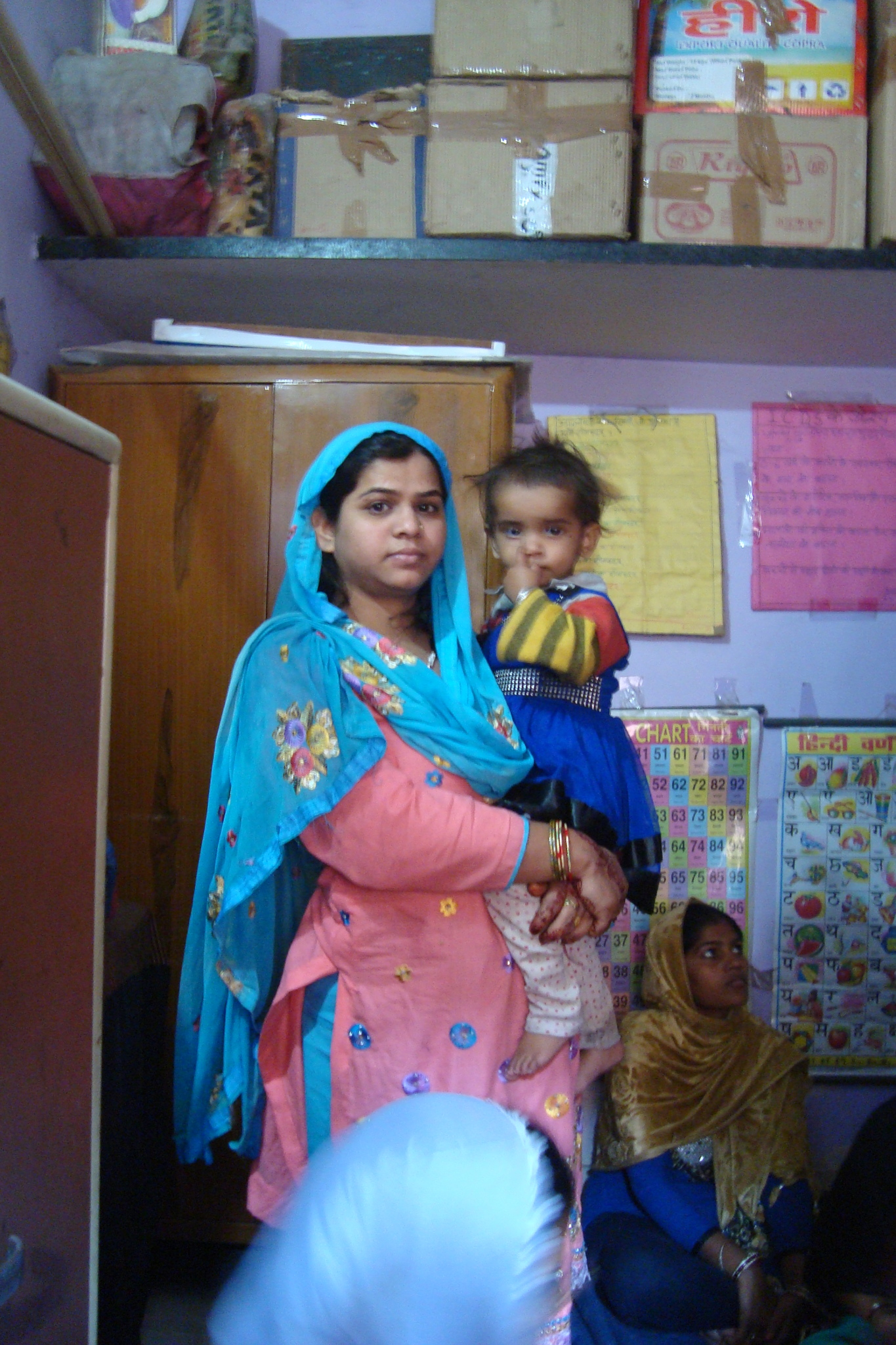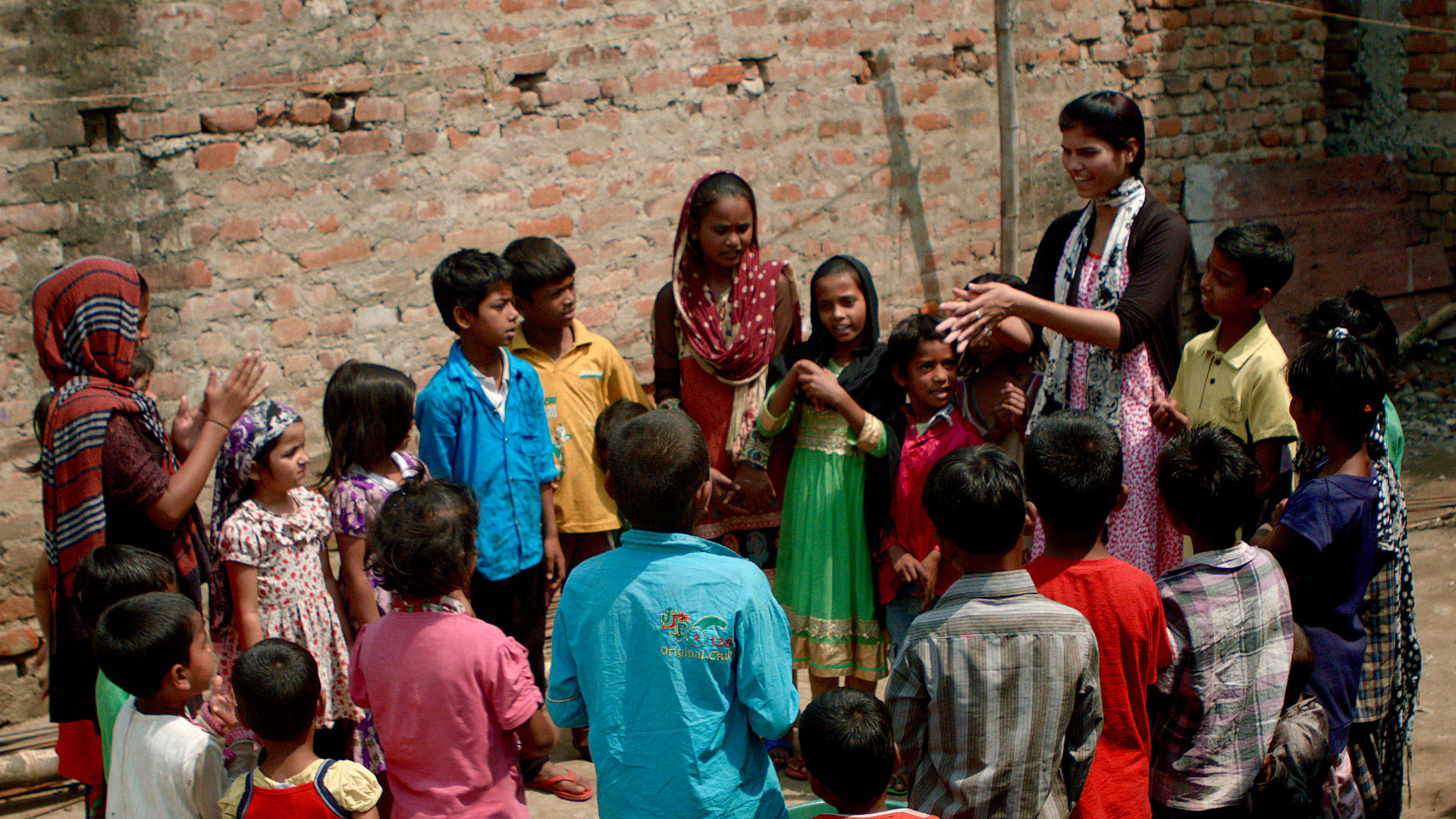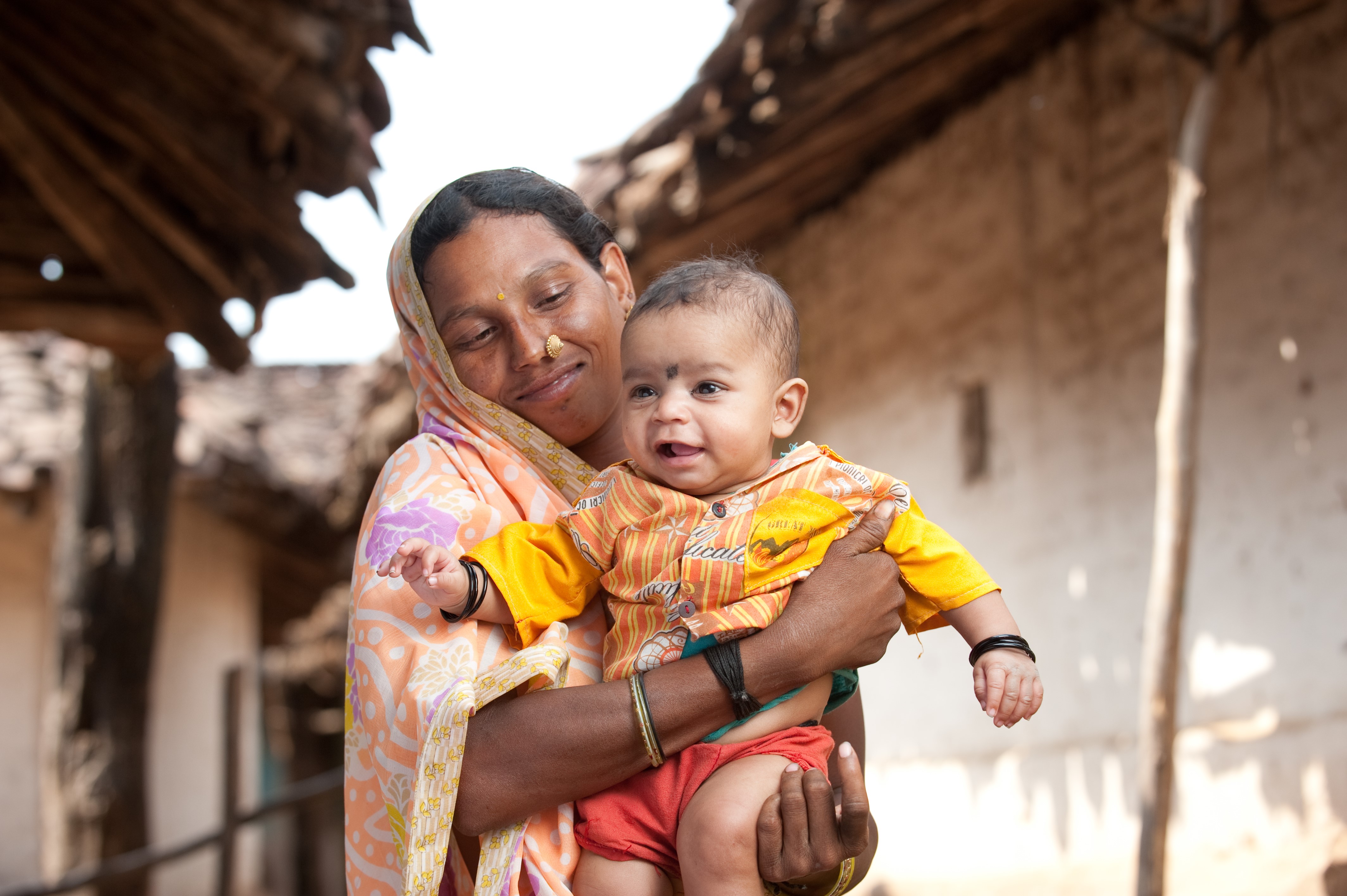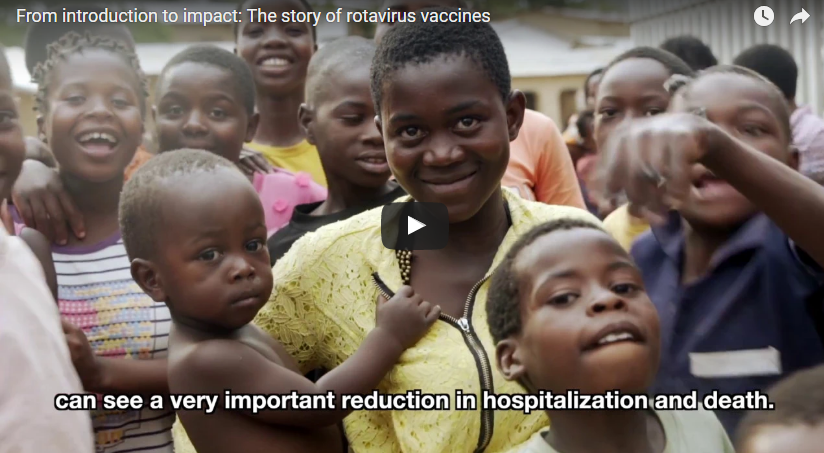Rotavirus vaccine – along with our team – demonstrates efficacy in Indian clinical study
|

As results from a Phase 3 efficacy study in India of the Serum Institute of India Pvt. Ltd. (SIIPL)’s rotavirus vaccine BRV-PV (now known as ROTASIIL) are published in the journal Vaccine, I find myself reflecting on the great partnership that conducted the trial. The Serum Institute and PATH worked with six strong community-based clinical sites, all supported by the Clinical Research Organization, DiagnoSearch.
The study has several firsts to its credit. The largest licensure study to ever occur in India, it covered 7,500 infants. It used advanced tools in rural and peri-urban far-flung settings across India. Most importantly some of the six participating sites had no prior experience with a study of this magnitude. So, how did we pull off a study that has been constantly audited yet had no critical findings to report?
PATH expanded its clinical team in India with smart, hardworking, experienced staff in Delhi. Like most of the team, I had great prior experience – but we were working on a community-based study for the first time. I was part of a team that meticulously planned preparatory studies in four sites to identify issues and test procedures. This gave the team ample time for early protocol development and it gave Serum and PATH a very good idea of what was needed to make the study successful. An important learning for me was to take hard decisions early – in a search for quality.
Work in India began at a pivotal time, when there was a deliberative churn around clinical trial regulations, and new guidelines were in the works. Our planning phase was prolonged due to delays in regulatory approvals. We used every minute of that time, reviewing all aspects, refining procedures, developing study documents, and training. We identified and fixed potential problems and we all had a deeper and common understanding of the study.
The six sites selected had strong energetic leadership and enthusiastic researchers. All the sites that I worked with were known for good clinical care delivery. They quickly worked towards training not only for the study, but also on performing high-quality research that would be able to stand scientific rigor and the test of scrutiny. A figure that I cannot seem to get out of my mind is training for the study - Serum, PATH, and DiagnoSearch made multiple training visits to all sites - 14 weeks in a row!
Through these various rounds of training online and in classroom mode, site teams also familiarized themselves with the online portal for data collection and randomization. All this helped sites to operationalize audio/visual recording for consent for the first time as mandated by the Government of India, often in remote areas with skeletal staff and limited resources.
PATH, Serum, and DiagnoSearch all contributed knowledge, past experience, and understanding to plan and conduct this study. We also learned to keep communication channels open and made sure no one was left in the dark or was operating off of old information. In a multi-partner, pan-India project we did our part and let others do theirs - respecting boundaries. We planned for contingencies (with varying levels of depth) and we knew we would not need to implement those plans. When we did need to implement, our contingency plans worked.
I had expected the best. My team had identified a high standard and we did everything to facilitate it and the study met the expectation – the largest community based clinical trial in India on infants – at a Gold Standard.














